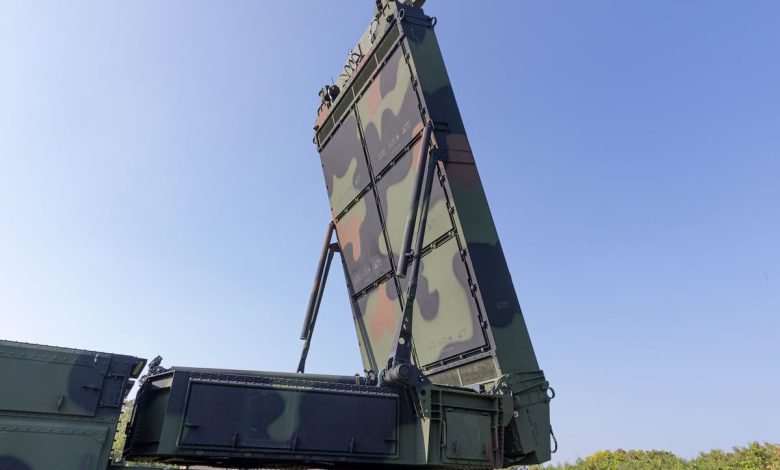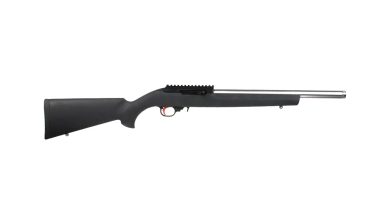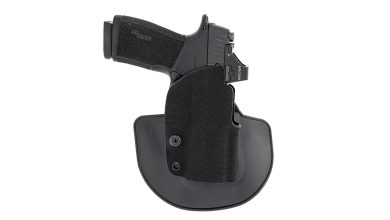Marines more than halfway through fielding of new 360-degree radar

The Marine Corps is more than halfway through receiving its most advanced radar system to date.
So far, Northrop Grumman has delivered 35 of the AN/TPS-80 Ground/Air Task-Oriented Radar, or G/ATOR, systems to the service.
A total of 60 are expected in the inventory by 2029, Katherine Rezniceck, product manager for the G/ATOR for Marine Corps Systems Command, told Marine Corps Times ahead of the annual Modern Day Marine military exposition.
Of those 60 systems, five will go to the Air Force and one is being kept by the Navy for developmental testing, she said.
Artillery regiments, the new Marine Littoral Regiments and a host of aviation units are prioritized to receive them.
RELATED
The G/ATOR replaces five legacy radar systems, doubling the radar range. This year, the service will begin work on an extended-range mode, part of a software update that will give the system farther reach.
The system provides “enhanced situational awareness and additional capabilities to conduct short- to medium-range radar surveillance and air defense, and air traffic control missions,” according to a Marine release.
The three-vehicle set includes a communications equipment group on a Humvee or similar platform, a trailer-mounted radar array and a power equipment group on a larger truck.
“In the past, artillery — the Marines — had a separate radar. We — the Marines — had our own separate radar for air-breathing and missile targets,” Chief Warrant Officer 3 Jack Linke said in a 2021 release. “G/ATOR lets us accomplish both those missions with far better accuracy than either of us had before with our legacy systems.”
On the ground side, G/ATOR also gives ground weapons a locating capability “for conduct of counter-battery/counter-fire missions,” according to the release.
Marines with the 12th Marine Littoral Regiment used a Japanese Self-Defense Force C-2 cargo plane to transport the TPS-80 Ground/Air Task Oriented Radar, or G/ATOR, to the island of Yonaguni on July 29, 2024.
Yonaguni is the final island in a string of islands that are part of Okinawa, which is home to 18,000 residents and another 7,000 U.S. Air Force personnel, according to the Marine Corps.
Marines deployed the radar as part of training with enhanced sensing and targeting data between 12th MLR and the Japanese military during Exercise Resolute Dragon, the Marines said.
Though each G/ATOR will be able to run each of the various missions, one system cannot run those missions simultaneously, Rezniceck said.
The system entered production in June 2019, according to Northrop Grumman. It provides 360-degree coverage for air defense and other missions.
While air defense has been the primary mission for the G/ATOR, the radar can also run medium-range air traffic control. This gives Marines the ability to build an expeditionary airport and run it organically with the G/ATOR and a precision navigation radar to land aircraft.
At the same time, an ongoing effort is training Marines to conduct intermediate maintenance at their level, instead of pushing repairs to depot-level work that might not need that level of expertise.
The move shortens maintenance time and allows the Corps to keep more systems operational for longer periods between detailed maintenance needs.
Todd South has written about crime, courts, government and the military for multiple publications since 2004 and was named a 2014 Pulitzer finalist for a co-written project on witness intimidation. Todd is a Marine veteran of the Iraq War.
Read the full article here







